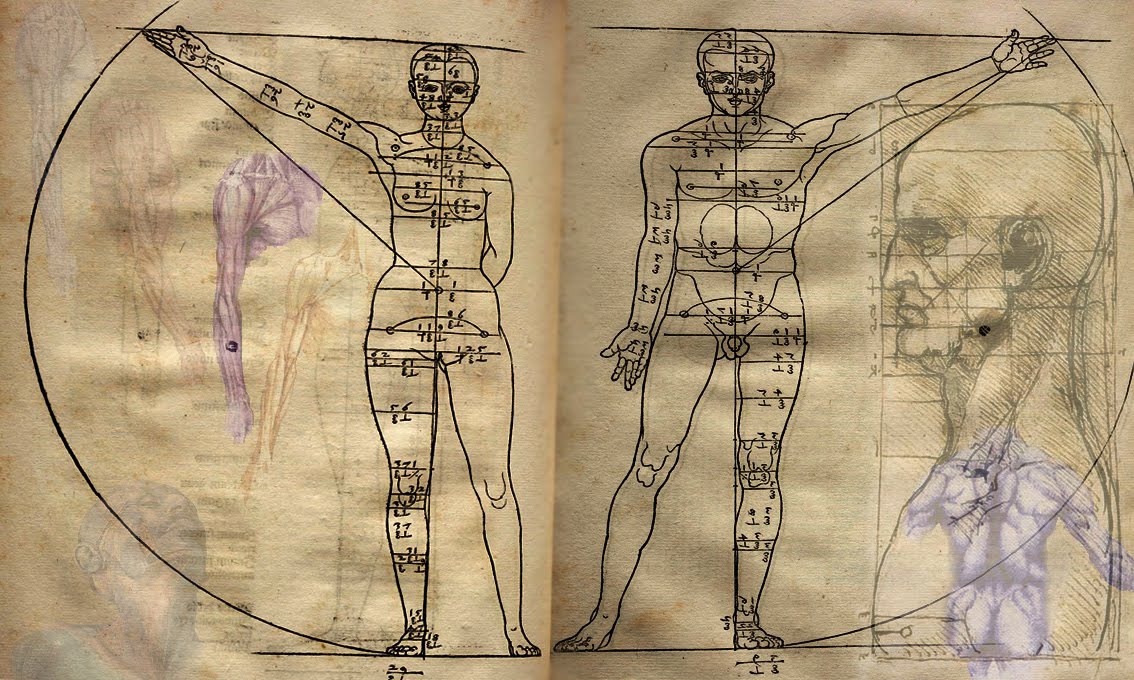Seddon's Classification
The degree to which a nerve is damaged has obvious implications with respect to its present function and potential for recovery There are essentially two general classification systems. One is the Seddon's Classification system and considers neural injury from the perspective of functional status and anatomical damage of the nerve.
In Seddon's scheme appear three degrees of nerve injury to consider: Neurapraxia, Axonotmesis, Neurotmesis.
Neurapraxia
This term is used to describe a mild degree of neural insult that results in blockage of impulse conduction acrosse the affected segment. The most important aspect of this conduction block is that is reversible the damage that was made in the nerve. Usually muscle wasting does not occur in those cases because muscle innervation is maintained, and recovery is typically rapid enough to avoid muscle atrophy. Fibrilation potential should not be observed in conduction block because the axon is not disrupted. Keep in mind that some nerve injuries can be mixed lesions in which some fibers habe block conduction and others axonal loss. In this case is certainly possible to observe fibrilation potentials.
Axonotmesis
The second degree of neural insult in Seddon's Classification is axonotmesis, which is specific type of nerve injury where only the axon is physically disrupted, with preservation of the of the enveloping endoneurial and other supprting connective tissue structures.(perineurium and epineurium). Compression of a profound nature and traction of a nerve are typical lesion etiologies. Once the axon has been disrupted. the characteristic changes of wallerian degeneration occur. The fact that the endoneurium remains intact is a very important aspect of this type of injury. A preserved endoneurium implies that once the remnants of the degenerated nerve have been removed by phagocytosis, the regenerating axon simply has to follow its original course directly back to the appropriate end organ. A good prognosis can be expected when neural damage results only in axonotmesis.
Neurotmesis
The greatest degree of nerve disruption is neurotmesis. This is complete disruption of the axon and all suporting structures around it. A neurotmetic lesion has a poor prognosis for complete recovery. Surgical reapproximation of the nerve ends will probably be required. Surgery does not guarantee proper endoneurial tube alighment, but at least it improves the chances that axonal growth will occur across the injury site.
click on photo to enlarge
Sunderland's classification
In 1951, Sunderland expanded Seddon's classification to five degrees of peripheral nerve injury:
First-degree (Class 1): Seddon's neuropraxia and first-degree are the same.
Second-degree (Class 2): Seddon's axonotmesis and second-degree are the same.
Third-degree (Class 3): Sunderland's third-degree is a nerve fiber interruption. In third-degree injury, there is a lesion of the endoneurium, but the epineurium and perineurium remain intact. Recovery from a third-degree injury is possible, but surgical intervention may be required.
Fourth-degree (Class 3): In fourth-degree injury, only the epineurium remain intact. In this case, surgical repair is required.
Fifth-degree (Class 3): Fifth-degree lesion is a complete transection of the peripheral nerve. Recovery is not possible without an appropriate surgical treatment.







No comments:
Post a Comment